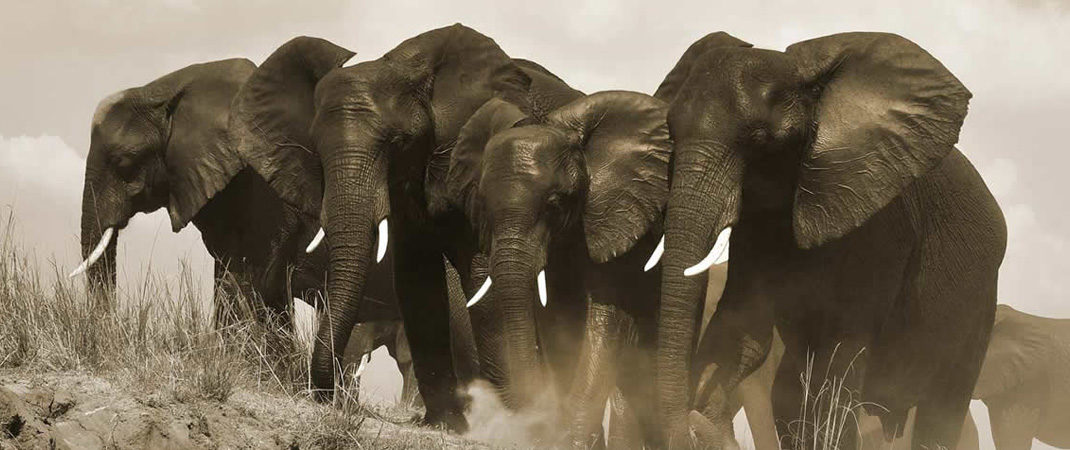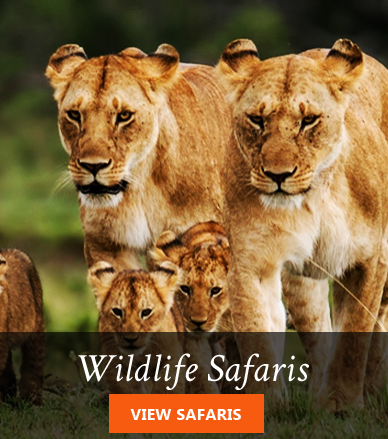Located at the northern tip of Botswana, Chobe National park covers some 2,610,800 acres. It is watered by Angola’s Kuando River and is adjacent to Namibia’s panhandle, the Caprivi Strip. The waters fill the Linyanti Swamp and then flow northeastward, forming the Chobe River, which eventually flows into the Zambezi River.
Wildlife at Chobe National Park
Chobe is the best known and the most visited wildlife park in Botswana, a safari destination which is not only known for big game in Africa but also for its success in high-end safari tourism. The sapphire blue waters of Chobe River snake through the park to the ‘four corners’ – the name given to where the borders of Botswana, Namibia, Zimbabwe, and Zambia meet. The river is the source or drinking water and also as daily bathing water for a diverse array of wildlife and the area, making it home to about every species of African mammal you can think of. But Chobe is particularly famous for elephants. There is a huge population of elephants in Chobe park.
The river de-marks its northern boundary, a magnet for elephants and buffaloes in the rain-less winter months. The riverfront is one of the four distinct areas in the park, along with the Ngwezumba pans and Linyanti and Savuté Marshes. When the marshes contain water, the bird life is breathtaking, whilst the Ngwezumba pans is the least visited area of the park – providing untouched wilderness and an unparalleled connection with nature.
Safaris to Chobe National park
Kasane, a town just east of Chobe park, has an airport and and is only 53 miles / 85 kilometres on a paved road from Victoria Falls, Zimbabwe. There are lodges and camps along the river, from which boats depart to view hippos, waterbirds, fish eagles, and carmine bee-eaters. Dirt tracks allow access to shoareline points, grasslands, thickets, and woodlands. Elephants number up to 73,000, while buffalos occur in herds of hundreds.
Other mammals include the puku, impala, Chobe bushbuck, greater kudu, giraffe, lion, and chacma baboon. The camps of the Savuti March area in the southwest are good bases for seeing lions, waterbirds, and great migratory herds of elephants and buffalos.
Best time for Safaris in Chobe park
February marks the start of the wet season when the river floods and small islands appear in the marshes – beacons for animals in search of fresher grazing. Whilst Chobe can be seen all year round from a 4×4, this is the best time to take a safari, including a river cruise, where you can view crocodiles, hippos and dozens of fantastically colourful bird species in a unique way.
The Ngwezumba pans also attract plenty of wildlife in the wet season, whilst the Savuté Marshes are best known for lions, cheetahs and hyenas. Game viewing can be fantastic in the Linyanti in the dry winter months and hunting permits can be sought here. Bird watching all over the Chobe is superb with ibis, geese, kingfishers, storks and eagles regularly filling the skies.
As stated above the main base camp of Chobe is Kasane town, an interesting raggletaggle settlement that has a good range of facilities and where man and beast meet. There are no fences marking the boundaries of the park, so animals regularly wander on in. In fact you may see your first elephant by check-in.




Leave a Reply